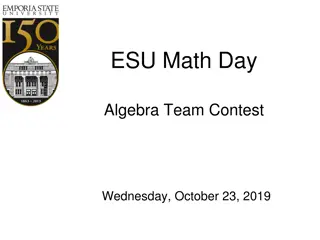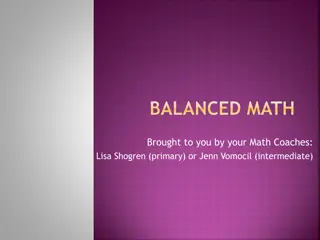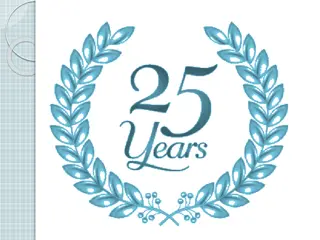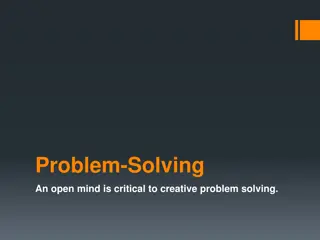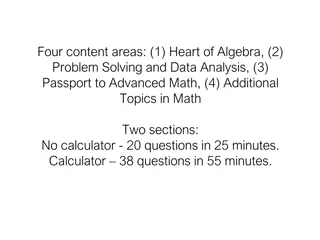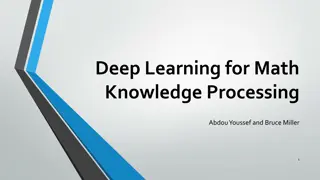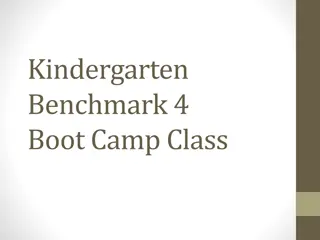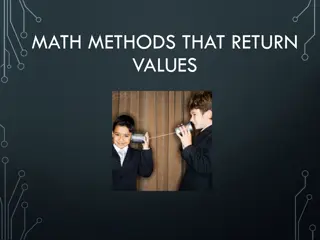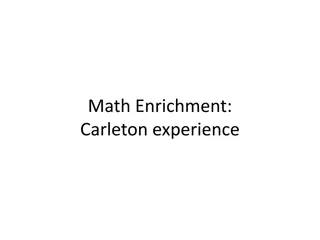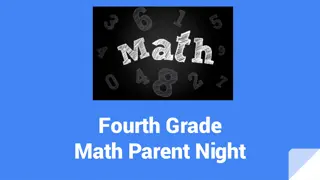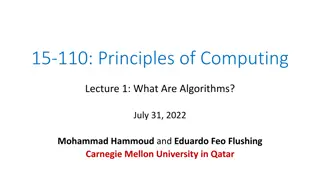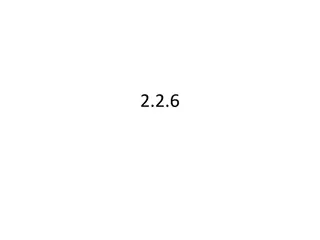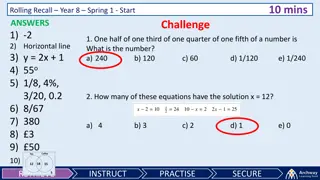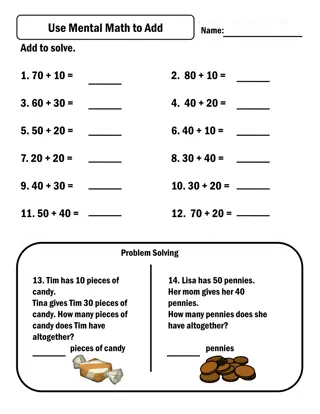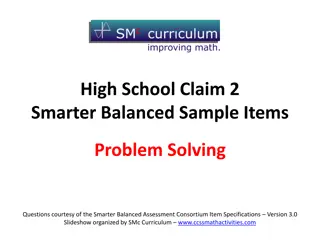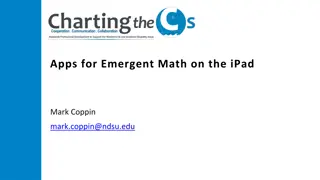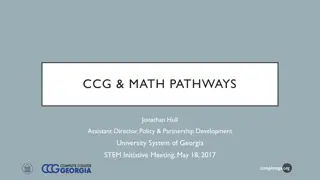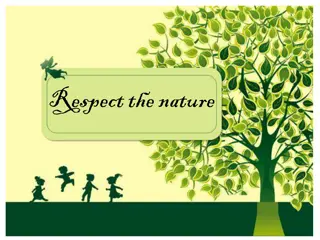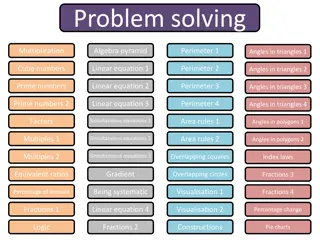Problem-Solving Challenges and Solutions Across Various Math Concepts
Explore a series of math-based problems and questions involving topics like renting, geometry, measurements, and estimation. Dive into scenarios like renting bicycles, calculating volumes, making fruit punch, reading hours, measuring lengths, and understanding geometrical concepts. Test your problem-solving and math skills through these engaging challenges and find solutions to each scenario.
Download Presentation

Please find below an Image/Link to download the presentation.
The content on the website is provided AS IS for your information and personal use only. It may not be sold, licensed, or shared on other websites without obtaining consent from the author. Download presentation by click this link. If you encounter any issues during the download, it is possible that the publisher has removed the file from their server.
E N D
Presentation Transcript
What is the total price for renting a bicycle from Leo s Bike Shop for 3 hours? The prices for renting a bicycle from Leo s Bike Shop are shown in this box. A. $8.00 B. $9.50 C. $12.50 D. $13.00
A server at a restaurant puts the same number of cubes of butter on each of 10 plates. One of the plates is shown. All of the cubes of butter on the plate are visible. Each cube of butter has a volume of 1 cubic inch. What is the total volume, in cubic inches, of butter the server will need for the 10 plates? What do we notice? What do we wonder?
871.953 What can we say about this number? Select the two correct answers. A. B. C. D. E. F. 146.792 219.73 394.821 429.13 593.427 652.49 What VALUE do each of the digits have?
What is the total amount of fruit punch, in liters, that Charlotte made? A. 1.0 Charlotte added 550 milliliters of orange juice to 500 milliliters of pineapple juice to make fruit punch. B. 1.5 C. 1.05 D. 1.005 What can we say about that? (Think liters!)
The number of hours that seven students spent reading are listed in this box. What do we notice? What do we wonder?
What is the length of the pencil rounded to the ones place? The length of a pencil is 13.8 centimeters. A. 10 centimeters How long is that? B. 12 centimeters C. 13 centimeters What is that close to? D. 14 centimeters
Which of the following statements about quadrilaterals is true? What do we know about QUADRILATERALS? A. Every rhombus is also a square. B. Every trapezoid is also a square. C. Every rhombus is also a parallelogram. D. Every trapezoid is also a parallelogram.
What is the total number of beads Olga ordered? Olga ordered 144 packages of beads from a craft store. A. 1008 B. 2500 Each package contains 25 beads. C. 3380 D. 3600 ESTIMATE how many beads she ordered!
1,000,000,000 Which of the following expressions is equivalent to 1,000,000,000? Wow! That s quite a number! What do we know about this number? A. 1011 How can we write this number using exponents? B. 1010 C. 109 D. 108
375.933 What is 375.933 rounded to the nearest tenth? What are some of the ways we can ROUND this number?
What can we say about these boxes? What is the same? What is different? Which box has the greatest volume?
A baker weighed four batches of cookie dough, the weights are shown. Which of the these lists shows the weights in order from least to greatest value? A. 26 ounces, 2 pounds, 46 ounces, 3 pounds 2 pounds B. 26 ounces, 46 ounces, 2 pounds, 3 pounds 46 ounces C. 2 pounds, 3 pounds, 26 ounces, 46 ounces 3 pounds D. 2 pounds, 26 ounces, 3 pounds, 46 ounces 26 ounces
Which of the following expressions are equivalent to this decimal number? 2.097 What does this number look like in expanded form?
What do we notice about these fractions? Which of the fractions can be multiplied by 5 to get a product that is LESS THAN 5?
The location of point B on a coordinate plane is represented by the ordered pair (8, 4). What does that look like? Where is that point? Which of the following statements describes the location of point B on the coordinate plane? A. Point B is 4 units to the right of the origin and 8 units up from the origin. B. Point B is 8 units to the right of the origin and 4 units up from the origin. C. Point B is 4 units to the left of the origin and 8 units down from the origin. D. Point B is 8 units to the left of the origin and 4 units down from the origin.
6 4 (5 + 3) 2 What is the value of this expression? A. 0 B. 8 C. 11 D. 20
What is the volume, in cubic centimeters, of the prism? A right rectangular prism is made of cubes, with no gaps or overlaps. Each cube has a side length of 1 centimeter, as shown. What can we say about this prism?


